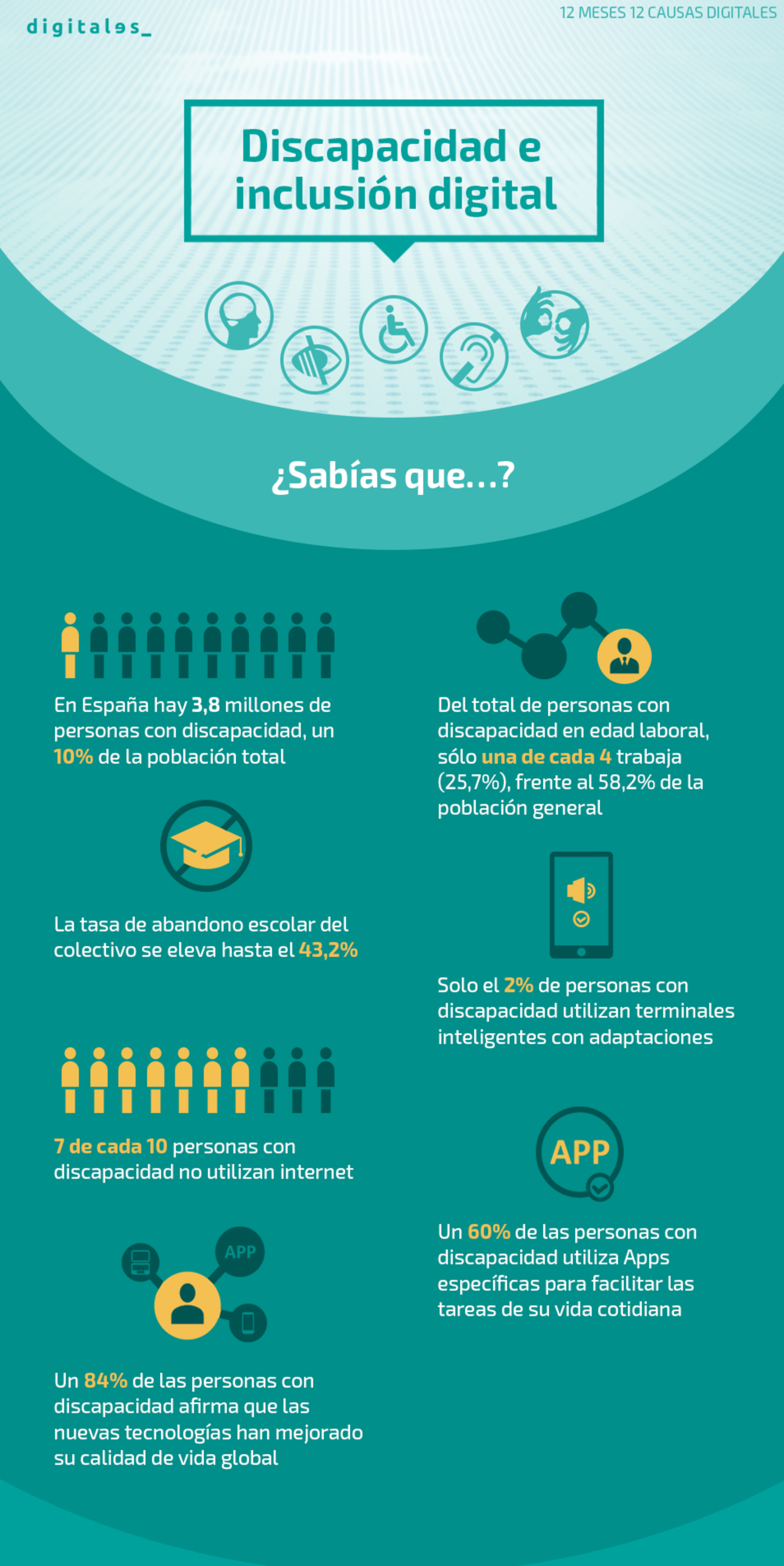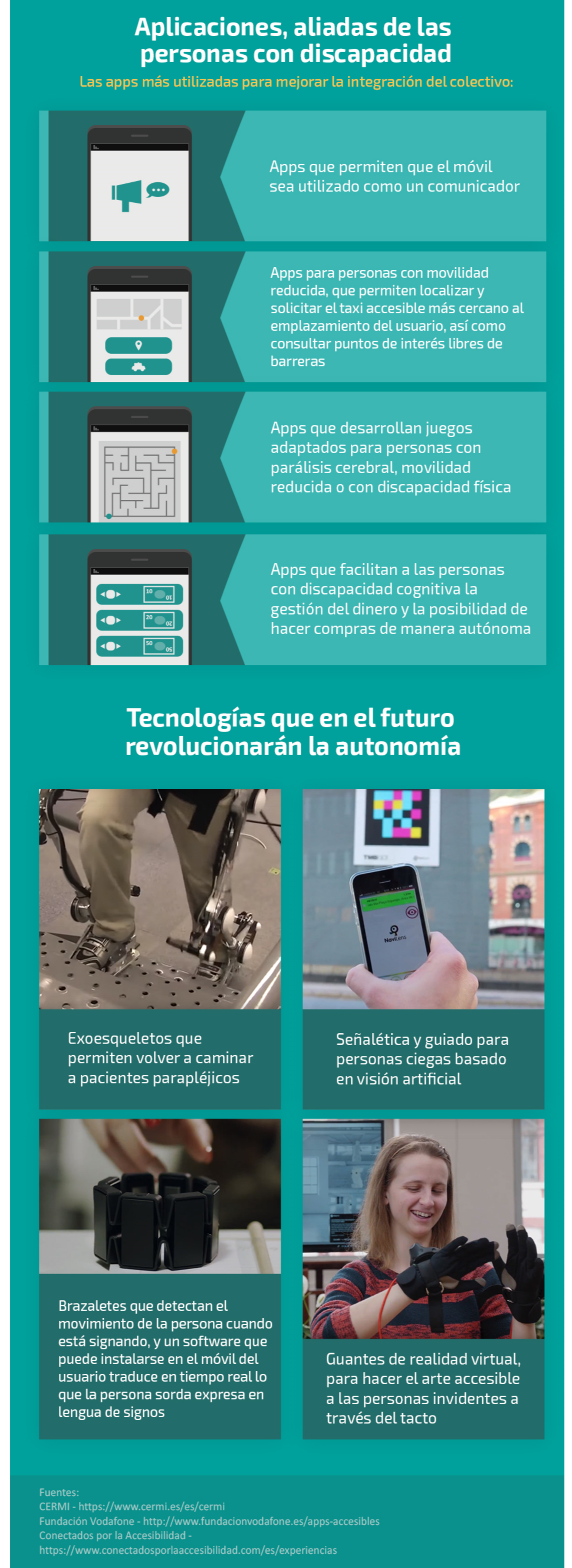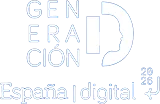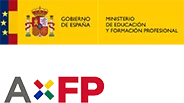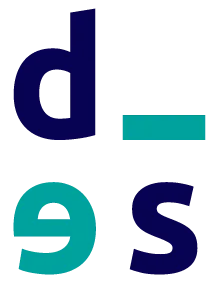30/11/2018
More than one billion people, 15% of the world’s population, live with some form of The number of people with recognized disabilities is on the rise, due to the progressive aging of the population and the overall increase in chronic health problems associated with disability, such as diabetes, cardiovascular diseases and mental disorders.
In Spain the percentage is somewhat lower, around 10%, but affects 3.8 million people. If we focus on the working age (16-64 years), they represent 5.9% of the Spanish population, amounting to 1,774,800 people.
A very high number of people encounter problems beyond their health, such as difficult integration into the labor market. Two out of three people with disabilities are inactive in the labor market. In the case of young people, the unemployment rate reaches 63.5%.
Technology can and should be a tool to improve the living conditions, welfare and autonomy of this group, but there is still a long way to go. Nearly four out of ten people with disabilities do not use a cell phone and seven out of ten do not use the Internet.
And yet, among users, there is unanimity about its benefits. Eighty-four percent say that new technologies have improved their overall quality of life, and 50% of employed respondents say they are able to perform their job because of the contribution of new technologies.
Phoenix
This exoskeleton allows people with reduced mobility to leave the wheelchair and walk again thanks to the motors incorporated in the hips. Users can control the movement of each leg and walk at a speed of 1.7 kilometers per hour by pressing buttons integrated into the crutches. Phoenix is height adjustable, has eight hours of autonomy and can send data to a mobile device (smartphone or tablet) to adjust its operation to the patient.
Eva Facial Mouse
Developed by CREA with the support of Vodafone Foundation, it is a free and open source application that allows access to the functions of the mobile device by tracking the user’s face captured through the front camera. From the movement of the face, it allows to control an on-screen pointer (like a mouse) that provides direct access to most of the elements of the user interface.
Some of the groups that can benefit from this project are people with amputations, cerebral palsy, spinal cord injury, muscular dystrophy, multiple sclerosis, amyotrophic lateral sclerosis (ALS) and other disabilities.
Touching Masterpieces
Virtual reality gloves allow blind people to enjoy art and experience masterpieces such as Michelangelo’s David, the Venus de Milo and the bust of Nefertiti through touch. A project in which the Spanish company NeuroDigital Technologies participates.
Showleap
It is a sign language translator, a software that translates sign language into verbal language.
Supported by Wayra, Telefónica’s startup accelerator, it works through the use of two bracelets that detect the movement of the person when he or she is speaking in sign language, and software -which can be installed on the user’s cell phone, tablet or laptop- that translates in real time what the deaf person expresses in sign language and converts it into text and voice. In addition, when the hearing person speaks to the deaf person, the application converts these words to text, so that the deaf person can read them on his or her device.
Navilens
It is a signaling and guidance system for blind people based on artificial vision. Developed by the technological innovation company Neosistec together with the University of Alicante, it allows blind people to move more independently and unaccompanied, even in unfamiliar spaces.


